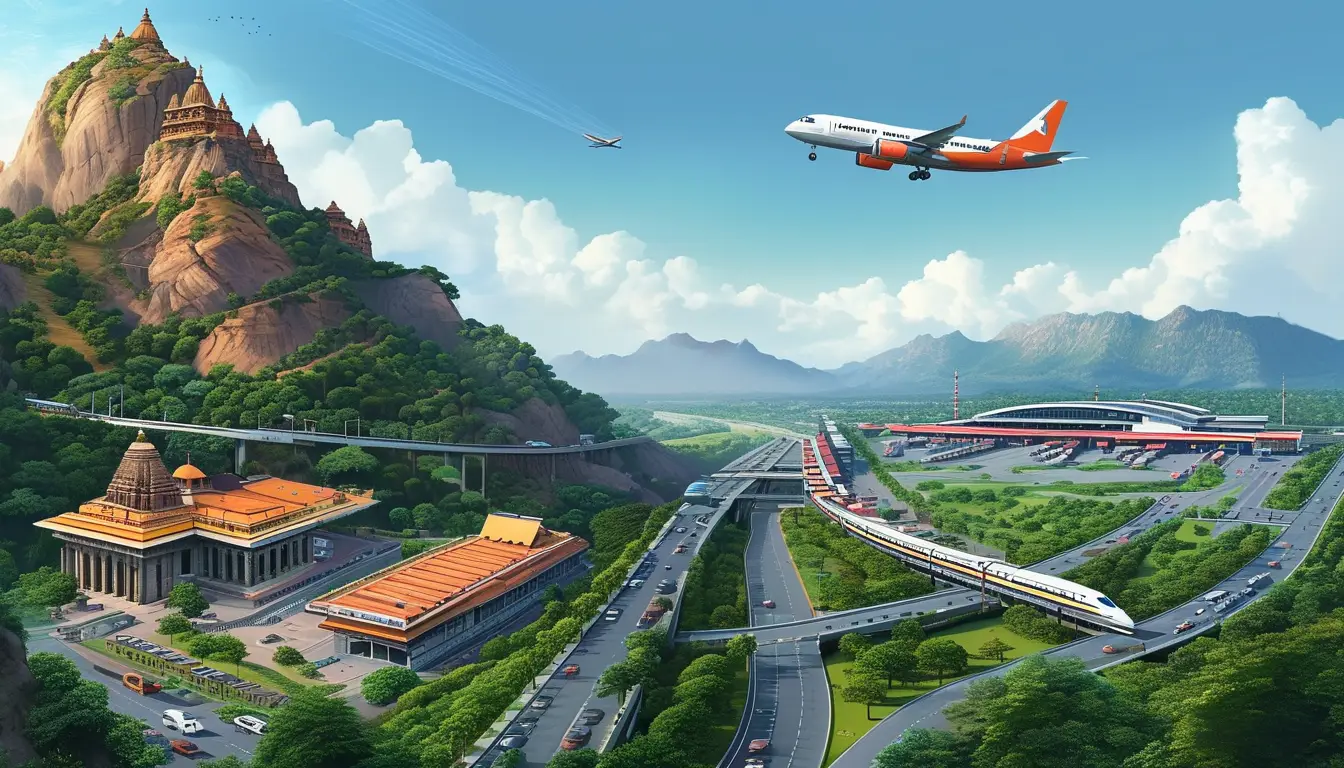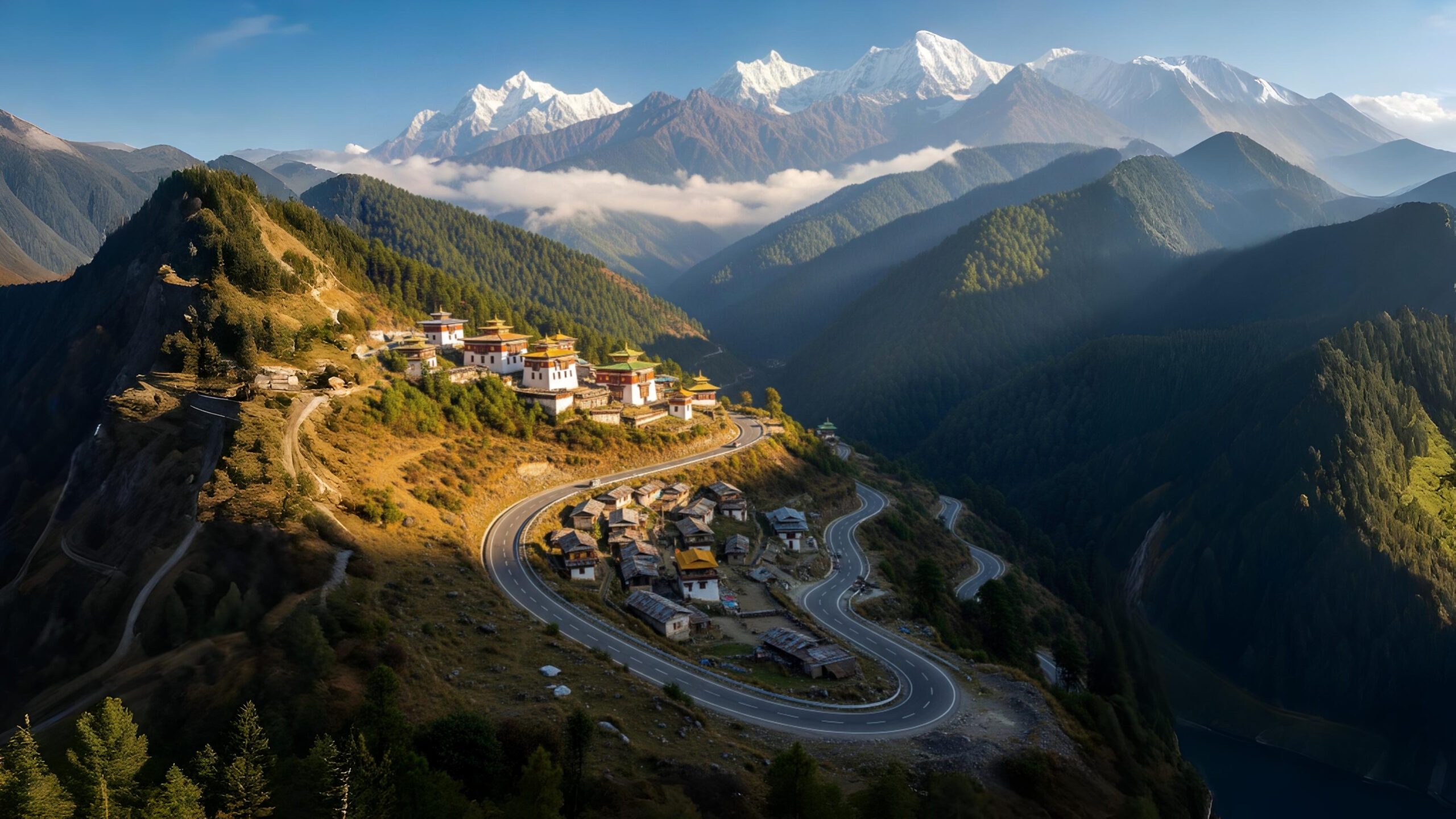
Priest’s Note: This teaching belongs to our Kamakhya GuidePedia. Seek more wisdom in the sacred navigation [🕉️ Kamakhya Temple GuidePedia Navigation 🕉️] below ↓↓↓↓.
From the mystic allure of Kamakhya Temple in Assam to the vibrant tribal heritage of Kohima in Nagaland, Northeast India offers an unforgettable cultural odyssey. This journey isn’t just about travel—it’s about immersing yourself in ancient traditions, breathtaking landscapes, and the warm hospitality of indigenous communities. Whether you’re a pilgrim, a history buff, or an adventure seeker, this route promises a soul-stirring experience.
1. The Sacred Start: Kamakhya Temple
Kamakhya Temple, perched atop Nilachal Hill in Guwahati, is one of India’s most revered Shakti Peethas. Steeped in legend and tantric traditions, this temple is a spiritual powerhouse.

Key Highlights:
- Mystical Ambiance: The temple’s sanctum houses no idol—just a yoni-shaped rock, symbolizing divine feminine energy.
- Ambubachi Mela: A major festival where the temple closes for three days, celebrating the goddess’ annual menstrual cycle. (Read more about Kamakhya’s festivals here.)
- Panoramic Views: The hilltop offers stunning views of the Brahmaputra River.
Tip for Visitors:
- Dress modestly (covered shoulders and knees). (Check our dress code guide here.)
2. Guwahati’s Cultural Gems
Before heading to Kohima, explore Guwahati’s rich heritage:
- Umananda Island: A serene river island with a Shiva temple. (Explore Umananda Island.)
- Assam State Museum: Discover tribal artifacts and ancient relics. (Dive into Assam’s history.)
- Basistha Ashram: A peaceful retreat linked to sage Vashishtha. (Read more about Vashishtha Ashram)
Pro Tip:
- Try authentic Assamese cuisine like khaar and masor tenga at local eateries. (Best Assamese food spots.)
3. The Road to Kohima: A Scenic Transition
The journey from Assam to Nagaland is as mesmerizing as the destinations.
Route Highlights:
- Kaziranga National Park (Optional Detour): Spot one-horned rhinos.
- Dimapur: The gateway to Nagaland, with historic ruins.
- Kohima’s War Cemetery: A poignant WWII memorial.
Festival Alert:
- Hornbill Festival (December 1-10): Nagaland’s grandest cultural showcase, featuring tribal dances, music, and crafts.
4. Kohima: The Heart of Naga Culture
Kohima, Nagaland’s capital, is a melting pot of indigenous traditions.
Must-Experience Attractions:
- Kisama Heritage Village: The epicenter of the Hornbill Festival.
- Naga Bazaars: Shop for handwoven shawls, bamboo crafts, and smoked meats.
- Dzukou Valley: A trekker’s paradise with rolling green hills.
Cultural Etiquette:
- Always ask before photographing locals.
- Respect tribal customs—avoid touching ceremonial objects without permission.
Pro Tips for the Journey
✔ Best Time to Visit: October to March (pleasant weather, festival season).
✔ Transport: Hire a cab from Guwahati or take shared Sumos in Nagaland.
✔ Stay: Book homestays in Kohima for an authentic Naga experience. (Best stays near Kamakhya.)
Key Information Recap
| Topic | Summary |
|---|---|
| Dress Code | Modest in temples; casual but respectful in tribal areas. |
| Best Time | Oct-Mar (avoid monsoons). |
| Must-Attend | Ambubachi Mela (June), Hornbill Festival (Dec). |
Conclusion
The Kamakhya-to-Kohima journey is more than a trip—it’s a passage through time, faith, and living traditions. Travel with an open heart, respect local customs, and let the Northeast’s magic unfold before you.
Frequently Asked Questions
Q: Is it safe to travel from Assam to Nagaland?
A: Yes, but check travel advisories. Inner Line Permits (ILP) are required for Nagaland.
Q: What’s the best way to reach Kohima from Guwahati?
A: Fly to Dimapur (1 hr), then drive (3 hrs). Alternatively, take an overnight bus.
Call to Action
Have you explored Kamakhya or Kohima? Share your stories or questions below!
Additional Resources
Ready to embark? The cultural treasures of the Northeast await! 🚀
🕉️ Kamakhya Temple GuidePedia Navigation 🕉️
Your complete guide to the sacred temple
🛕 Temple Guide 🛕
🏛️ Attractions 🏛️
🏨 Accommodation 🏨
🍽️ Food & Dining 🍽️
✨ Spiritual Secrets ✨
🚗 Guwahati → 5 Gems 🚗
🙏 Explore the divine journey through Kamakhya Temple 🙏



